We have much more to do and your continued support is needed now more than ever.
Colorado Wildfires Hit Close to Home for NWF Staff, Families
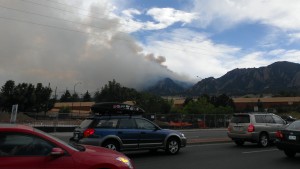
Like all Coloradans, staffers in the National Wildlife Federation’s Rocky Mountain Regional Center in Boulder have anxiously watched as wildfires have erupted north and south of us. It feels like being under siege and not knowing where the next attack will spring up. The High Park fire in the foothills northwest of Fort Collins has burned more than 87,000 acres, destroyed nearly 260 homes and killed one person. A new, quick-moving fire to the south in Colorado Springs has scorched 6,200 acres and forced tens of thousands out of their homes in the city and at the Air Force Academy.
Smoky Skies
We learned of the latest threat looking out the windows of our third-floor Boulder office Tuesday afternoon. Smoke was surging from behind the Flatirons, a line of craggy mountains on Boulder’s western edge. The plume of smoke quickly swelled to fill the sky over southwestern Boulder. The one-acre blaze, likely ignited by lightning, exploded to more than 200 acres.
A coworker had taken off earlier to check on her family, dogs and house after hearing about the fire. We learned later that her home was in a big chunk of southwest Boulder that remained on pre-evacuation notice Wednesday. The blaze is one ridge away from sweeping down into a heavily populated area.
We could smell the burning trees and grass from miles away. I started feeling it in my throat. Several of us started getting headaches. The National Center for Atmospheric Research that’s tucked in below the Flatirons was evacuated. NCAR’s work includes studying climate.
Climate Change Adding Fuel to Wildfires
As NWF’s Dr. Amanda Staudt blogged recently, climate is a big part of the story. The same day the Boulder fire started, 30 miles down the road Denver tied an all-time record by hitting 100-plus degrees five days in a row. It was 105 in Denver, only the fourth time in recorded history the city has reached that mark. The other times were just the day before; in 2005; and way back in 1878.
The record-breaking heat follows one of the area’s warmest, driest springs on record. Denver had its driest March in 124 years. The Natural Resources Conservation Service says this year’s Colorado’s snowpack is the lowest since 2002, when drought-driven wildfires included the Hayman fire, still the state’s largest. In some river basins, the report says “this year became the new minimum on record.”
Lives Changed
Those are the numbers. They don’t begin to tell the biggest part of the story – the sorrow for the people displaced, their losses, those who’ve died. In March, a wildfire in the foothills southwest of Denver killed three people. The wildfires are also posing major threats to our region’s wildlife, as NWF’s Doug Inkley detailed last week. Photos of a deer hurtling through a fence to flee the flames and wildlife officers carrying a tranquilized moose that had run into town are wrenching.
There’s concern about the lingering effects of the slurry used to stop the flames. The chemicals have been blamed for fish kills. And understanding that fire is a natural part of the environment in the West doesn’t make it easier to see forested hillsides morph into barren, charred slopes or lose access to your favorite hiking trails.
After three decades in Colorado, this doesn’t feel normal to me. But then, the weather really hasn’t been “normal” for a while. As climate change and its effects keep playing out, the scary part is that this might be the new normal.
Take Action
We can avoid the worst impacts of global warming – but only if we start cutting our carbon pollution now. Tell the Environmental Protection Agency you support limits on carbon pollution from coal-fired power plants >>

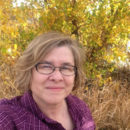
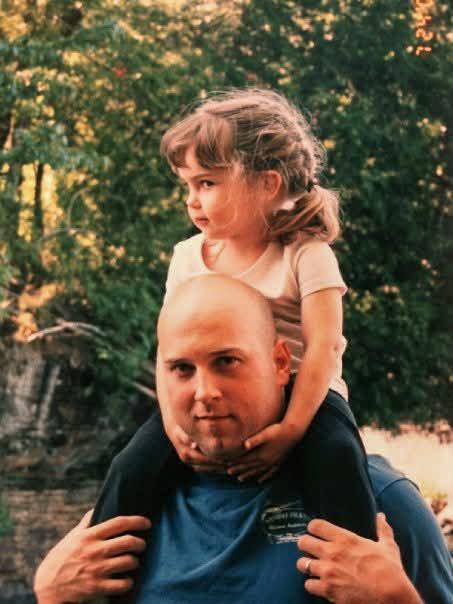








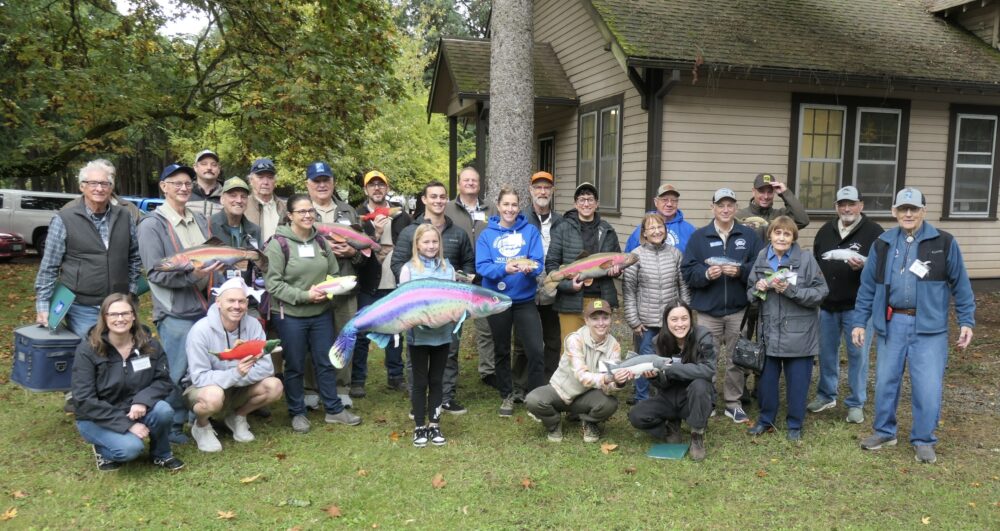
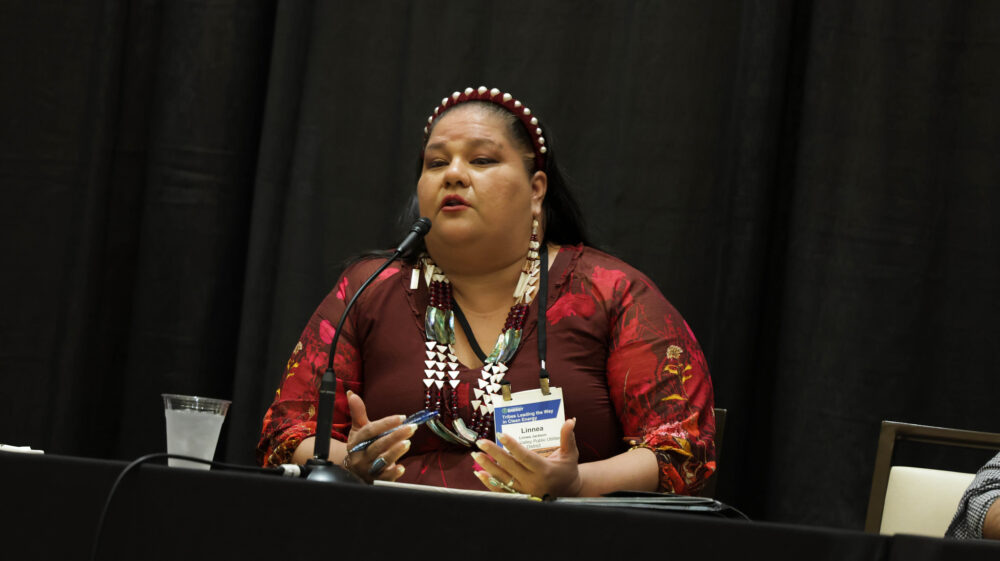
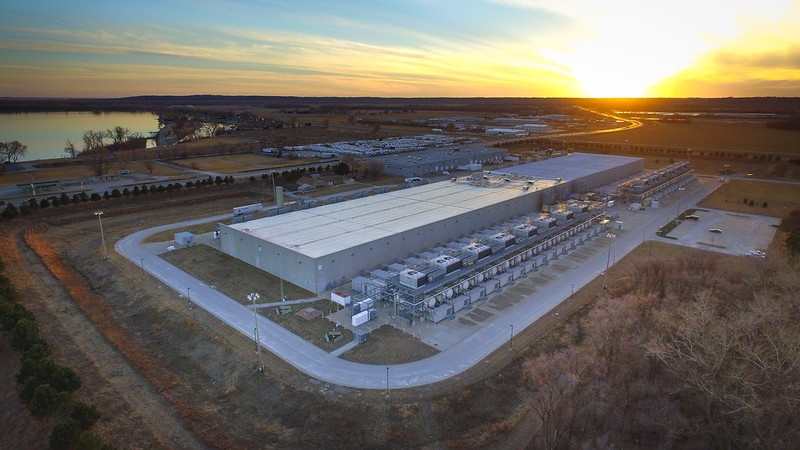


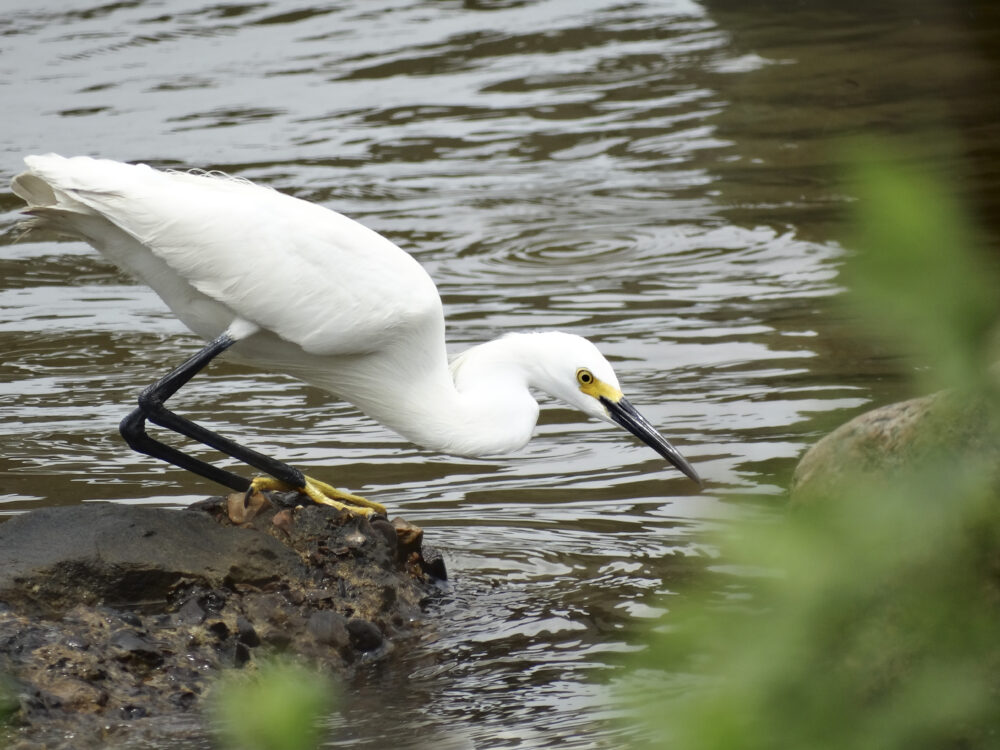





Building Momentum: What’s Next for Beaver Conservation in Colorado